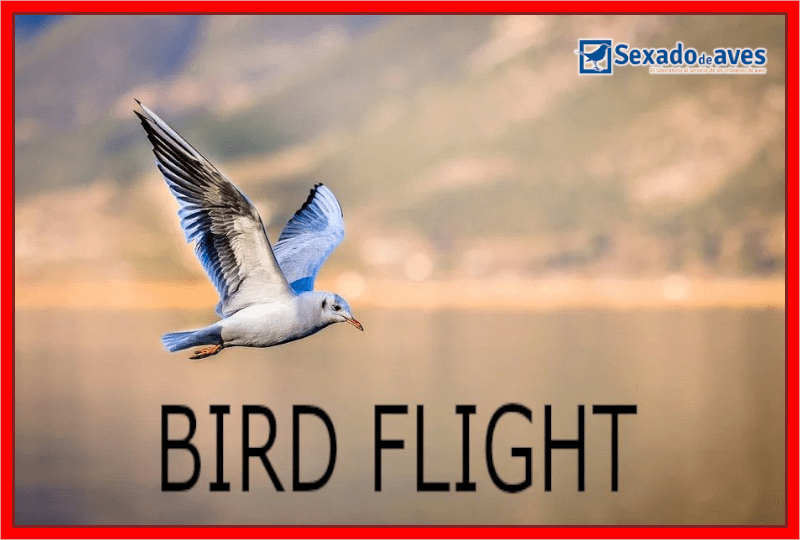Bird Flight
Three main theories Flight is the principle form of movement utilized by most bird species and assists with feeding, breeding, predator avoidance and migration. The ability of birds to fly has fascinated humans for millenia and

Three main theories
Flight is the principle form of movement utilized by most bird species and assists with feeding, breeding, predator avoidance and migration. The ability of birds to fly has fascinated humans for millenia and is documented to have been discussed by Aristotle and other Greek philosophers in the fourth-century B.C.E.. In more modern times a debate concerning the origins of bird flight began following the publication of Darwin´s ´On the Origin of Species´ in 1859 and the discovery of the first feathered dinosaur Archaeopteryx in 1860. There are three main theories that attempt to explain bird flight. These are the Cursorial model, the Arboreal model and the Pouncing Proavis model.https://www.youtube.com/watch?v=JMuzlEQz3uo&t=100s
The Cursorial model
The Cursorial model (from the ground up model) was first proposed by Samuel Wendell Williston in 1879 and later elaborated by Baron Nopcsa. In this model, the two-legged ancestors of modern birds when running fast would have used their outstretched arms to help themselves balance. Due to having to make small jumps over objects or uneven ground the arms of these primitive birds would then have evolved feathers and become more wing-like. This adaptation would have bestowed the ability to glide. When gliding the birds would then have begun to flap their wings and acquired powered flight eventually gaining the ability to rise high into the air.

The Arboreal model
The Arboreal model (from the trees down model) was first proposed by Othniel C. Marsh in 1880. In this theory small dinosaurs that had already evolved rudimentary feathers, when in trees would jump from branch to branch. As time progressed their feathers became longer and stronger, and their arms evolved into wings. As these changes occurred, these primitive birds would firstly have aquired the ability to parachute. This would then have been followed by the ability to glide and eventually the achievement of full-powered flight.
The Pouncing Proavis model
The Pouncing Proavis model was hypothesized by Gamer, Taylor and Thomas in 1999. In this model, the predatory ancestors of modern birds are hypothesized to have pounced on their prey from elevated heights. They would have used their raptorial hindlimbs to launch themselves from their hiding places and to grab their prey. Over many millennia their forelimbs would have evolved into wings due to evolutionary forces selecting for a greater swooping range. As in the arboreal model gliding would then have evolved, eventually followed by true flight.
How birds fly
In order to fly birds utilize a combination of four forces. These are thrust, lift, drag and weight. They also need certain physical characteristics in order to balance these forces.
Thrust and Lift
Thrust is when a system expels mass in one direction and causes a force of equal magnitude in the opposite direction, while lift is a meteorological phenomenon used as an energy source for soaring flight. To balance thrust and lift all flying birds (except hummingbirds) have evolved asymmetrical wings.
Drag
Drag is a force that acts contrary to the relative motion of an object. Birds have reduced drag by evolving an aerodynamic body shape. In order to reduce velocity when flying birds increase drag by using their tails and feet.
Weight
Weight is the force which acts due to gravity. Birds have adapted to this force in various ways. They have evolved hollow bones and a smaller body size. They have also lost their teeth and replaced these with a Keratin bill. Furthermore, the gonads of many bird species shrink on completion of the breeding season. In all probability the optimization of weight for flight may be a contributing factor as for why it is difficult to distinguish for the majority of bird species between males and females. At sexadodeaves.com a bird sexing service based on DNA is available as well as genotyping and infectious disease screening.

Which flight model is correct?
There is evidence for and against all three principal flight models.
Running Speed
The cursorial hypothesis is plausible as the legs of Archaeopteryx suggest that it was a terrestrial bird and that by utilizing thrust from its wings and propulsion from its legs it could have generated the minimum velocity required to achieve flight. However, due to its weight, Archaeopteryx would probably have needed three times the running speed of modern birds to have achieved lift off.
Energy Efficiency
In comparison to the cursorial theory, the arboreal hypothesis is a more energy-efficient model. The gliding phase of this model allows the glider to conserve energy. This conservation out weighs the energy cost incurred by having to climb a tree or other elevated structure. In contrast, the bipedal runner of the cursorial model would expel more energy. Furthermore, energy conservation and living in trees also tend to be positively associated with survival.
Morphological Traits
Evidence in favor of the pouncing theory is the fact that the sequence of the acquisition of morphological traits hypothesized by the model is supported by the fossil data.
Conclusion
In recent years a number of scientists have suggested that the arboreal and cursorial models are not mutually exclusive. Investigations have provided evidence that the ancestors of birds lived in both arboreal and cursorial hábitats and that in all probability powered flight evolved due to selective pressures operating in a variety of different environments.
